Where are the best places to see the Aurora Borealis?
Our guide to the most spectacular places to see the ethereally beautiful Aurora Borealis, from North America to Scandinavia
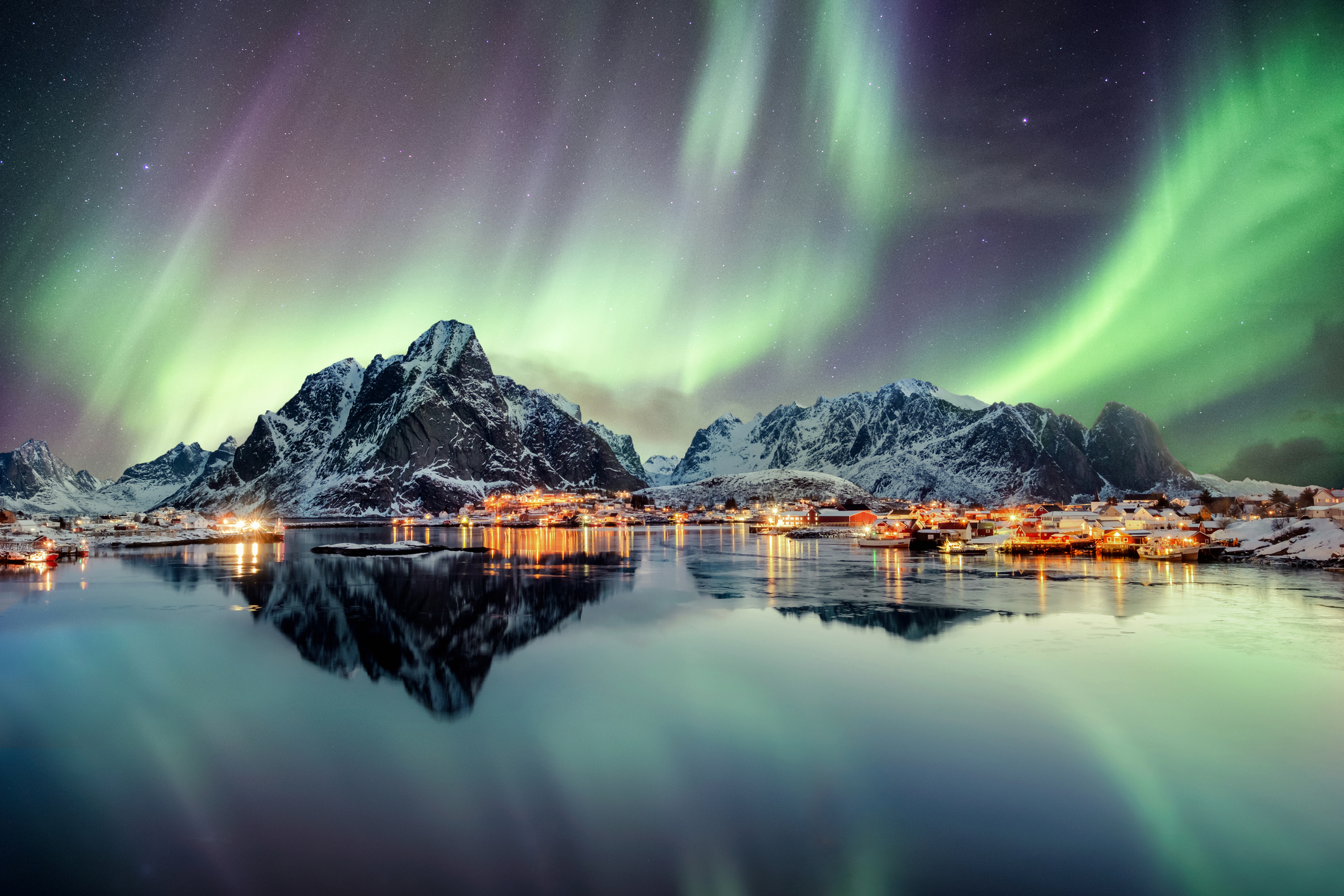
The Arctic is one of our planet’s most astonishing regions. There’s the vastness of the icy sea, the beautifully rugged landscapes that rise from the water and endless boreal forests inhabited by wolves and bears. The midnight sun creates unforgettable hiking experiences during the warmer months, while winter brings bone-juddering temperatures and coats the exhibitionist mountain landscapes in white.
And on cold, clear nights, the cosmos reaches down and puts on a spectacular light show that's out-of-this-world: the Northern Lights, or Aurora Borealis. The result of the Sun’s solar wind accelerating along the North Pole’s magnetic field lines and colliding with gas particles in the upper atmosphere, nothing on Earth is quite as ethereally beautiful. With their ghostly curtains of green, red and violet, the aurorae remind us at once of the beauty of our planet and our place in the Solar System.
The Aurora Borealis occurs in a great, dynamic ring – known as the Auroral Oval – around the magnetic North Pole. The places that are often beneath this loop of cosmic magic are some of the best places to see the Northern Lights. Northern Scandinavia, Iceland, Greenland, Northern Canada and Alaska are all frequently blessed with auroral displays. However, the oval isn’t fixed and the Northern Lights have been seen much further south, even as far as Northern England.
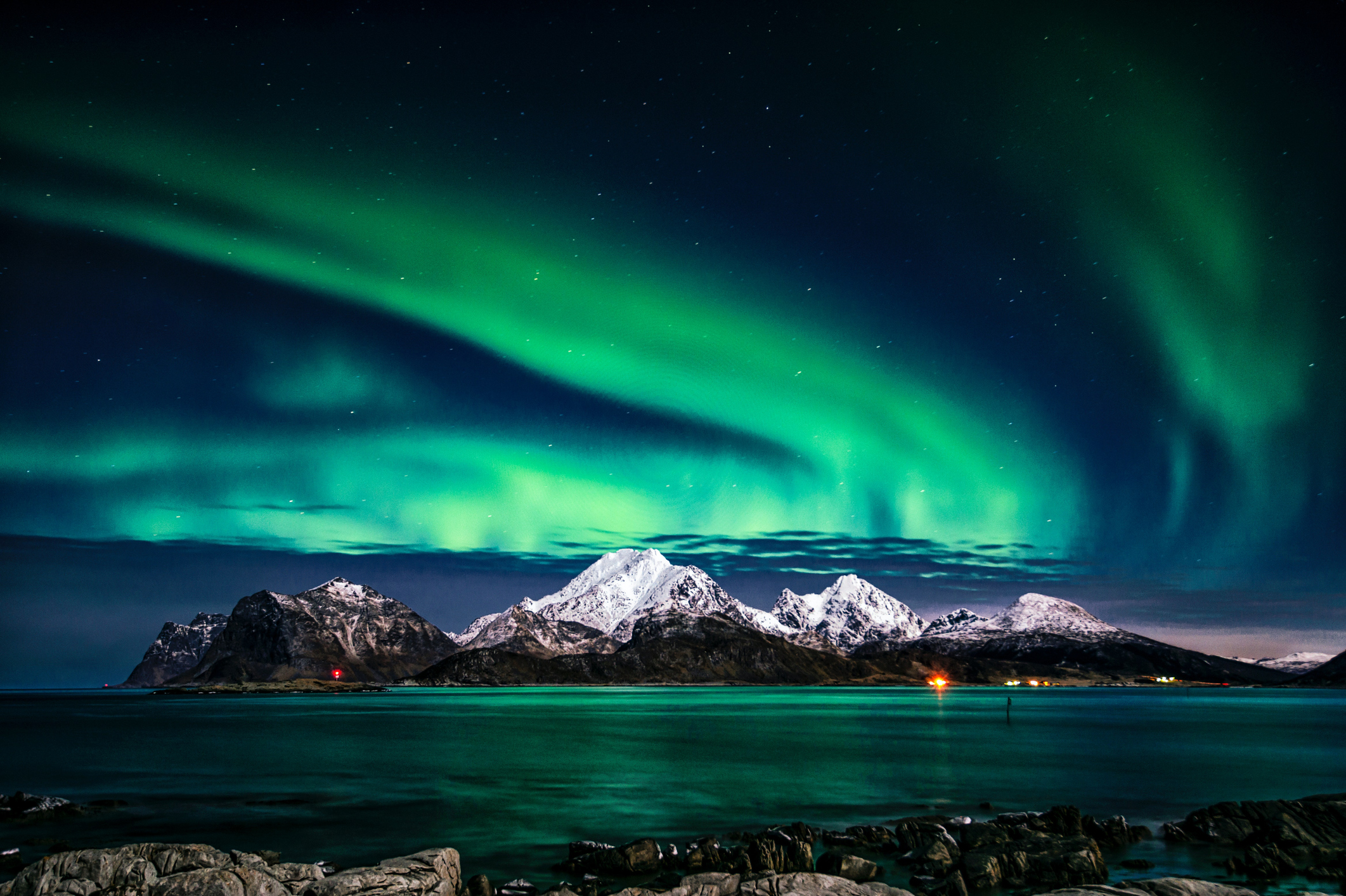
In this guide, we reveal six incredible places that are not only famous for the Aurora Borealis but also boast other life-affirming Arctic experiences and the kind of landscapes that that’ll have your jaw on the floor, as well as exceptional stargazing. Just don’t forget your down jacket.
Meet the expert
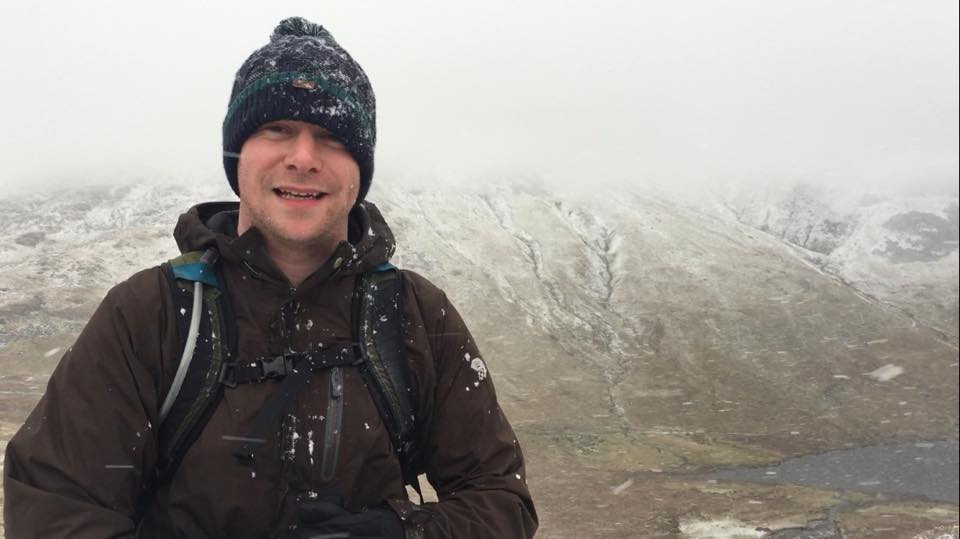
As well as his love of the mountains, Alex is passionate about science, particularly when it comes to astronomy. Before becoming a writer and Mountain Leader, he was head of science at a London school and once had the privilege of speaking at the prestigious Royal Institution of Great Britain. He still enjoys studying the heavens with his telescope, counts Cosmos by Carl Sagan among his favorite books and always keeps one eye on the latest developments in our quest to fully understand the Universe.
When is the best time to see the Aurora Borealis?
Before we get into the where, a quick look at when is best to visit these remarkable places to give yourself the best chance of auroral action. Unsurprisingly, clear winter nights are ideal for aurora watching, so anytime between September and March is recommended. However, it’s thought the finest conditions occur around the spring and fall equinoxes, when the solar wind’s magnetic field and the Earth’s magnetic field are in optimum alignment. The spring equinox is around the 20th March and the fall equinox is around the 22nd September.
Where are the best places to see the Aurora Borealis
Without further ado, let's get into the best places to see the Aurora Borealis, starting with our two North American picks...
Fairbanks, Alaska
Best for soaking it all in
Advnture Newsletter
All the latest inspiration, tips and guides to help you plan your next Advnture!
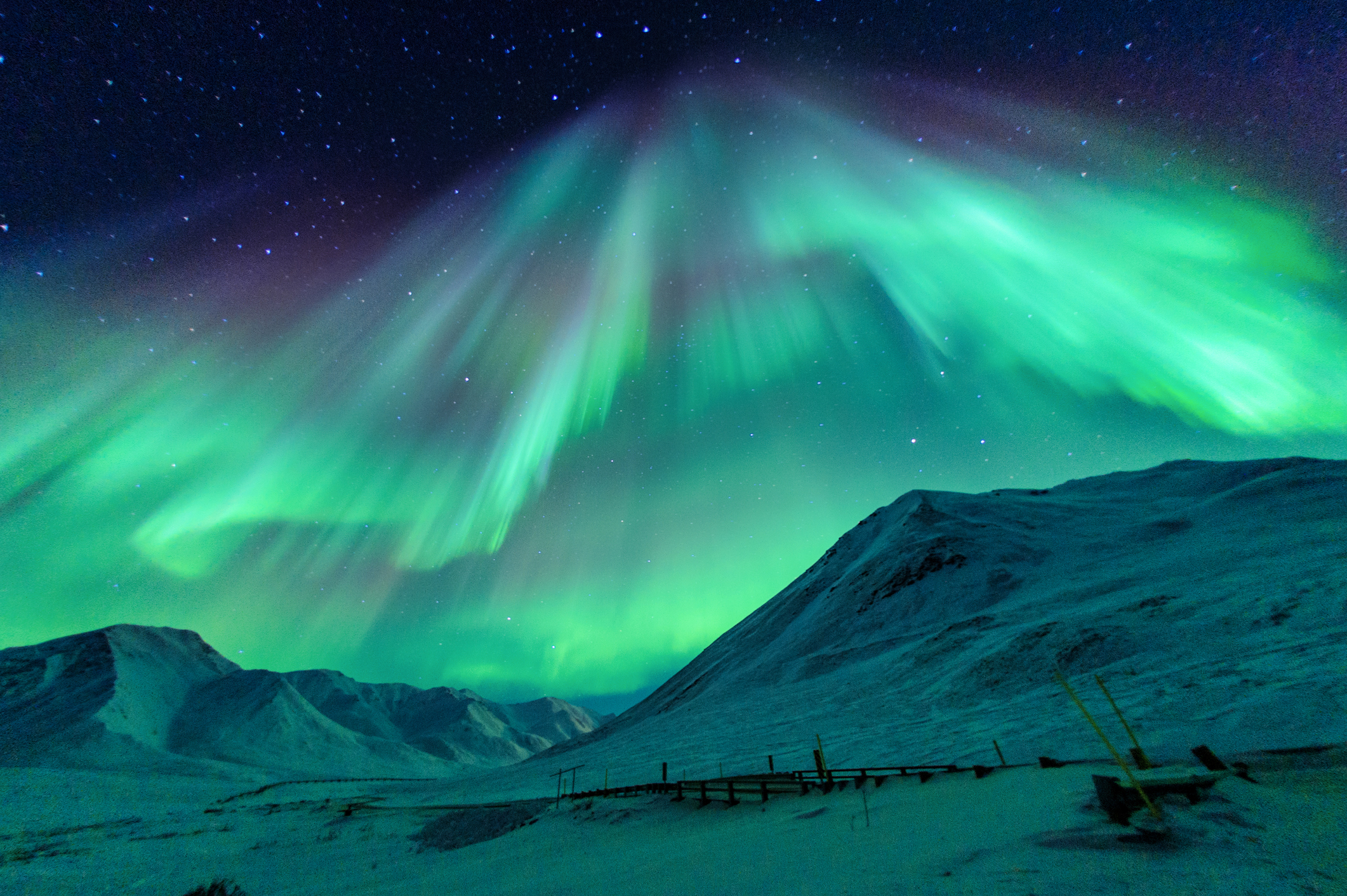
In the breathtaking, wild heart of Alaska, way out beyond Denali, is the State’s second largest city, Fairbanks. Renowned for its spectacular Northern Lights displays, it’s arguably the best place in the US to witness the spectacle, as it lies directly beneath the Auroral Oval. Its inland location also means that it doesn’t suffer from the changeable weather that coastal regions have to put up with.
Fairbanks is also known for the Chena Hot Springs resort, around 55 miles from the city. What could be more magical than enjoying the aurorae from a thermal hot spring? The resort has a range of accommodation, from lodges, cabins and camping pitches, while its focus on renewables and sustainability is laudable. You can also arrange dog sledding tours into the surrounding countryside.
Visit in early autumn or spring and there’s also plenty of time to hike by day and enjoy the Northern Lights by night. Two notable trails in the Fairbanks region include the Granite Tors Trail and the Angel Rocks Trail, both of which boast beguiling, granite pillars and ancient rock tors.
Whitehorse, Canada
Best for clean, crisp air
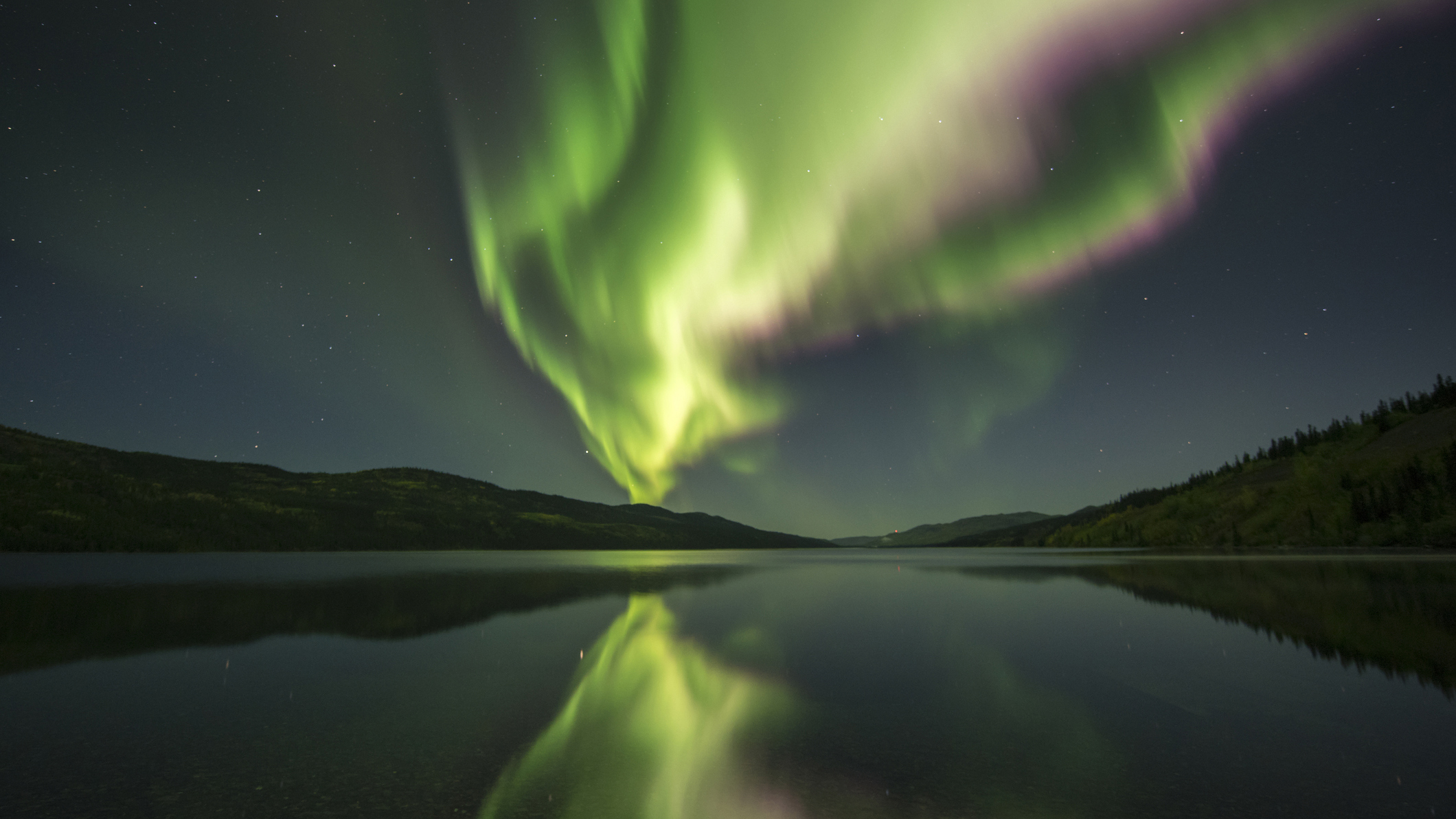
The capital of Canada’s remote Yukon, Whitehorse is Northern Canada’s largest city. This is quite remarkable considering it has a population that would fit into Michigan Stadium three times over and there’d still be 17,601 spare seats. Yes, with just 30,000 inhabitants and surrounded by wilderness, it’s no wonder the Whitehorse region is a good bet for auroral action, as there’s so little light pollution.
For the best chance of witnessing the spectacle, you still have to get away from the city’s lights. The scenic route out to Fish Lake is a great option, while there are a number of local tour operators too.
Other options for outdoor adventure include kayaking on the famous Yukon River, while there are myriad hiking trails to get your hiking shoes stuck into, where you can breathe in the pure backcountry air. In fact, in 2011, the World Health Organisation declared that Whitehorse had the cleanest air on the planet. Don’t forget your ski gloves too, as there are 85 kilometers of groomed cross country trails to enjoy.
Lofoten Islands, Norway
Best for staggering scenery
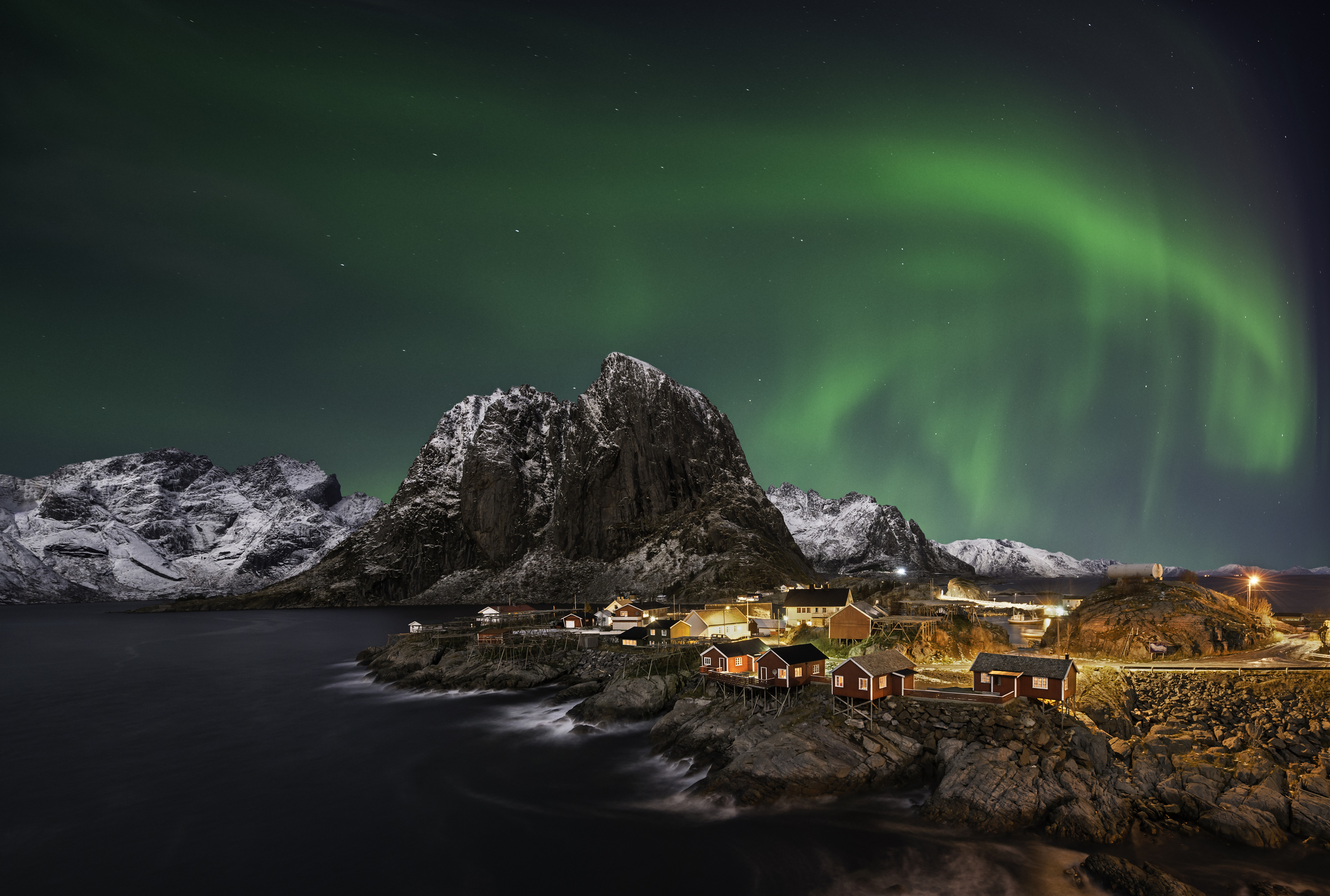
The Lofoten Islands look as if some glorious mistake has happened and a landscape that was intended for Tolkien’s Middle Earth somehow ended up in reality. The scenery is dreamlike. Ferocious mountain peaks rise straight from the sea, towering upwards to jagged and intimidating summits. Fishing settlements cling to what little flat land there is, their tiny islands connected by road bridges, like a ribbon arranged to connect all the settlements.
In summer, the mountains bask in the midnight sun and, when winter arrives in Lofoten, the aurorae dance above snow-plastered peaks. While hiking is popular in summer, winter makes the archipelago’s mountains very challenging, though mountaineers armed with crampons and ice axes will be in their element.
In short, the Lofoten Islands are one of those places where the scenery seriously rivals the thrill of catching a glimpse of the Northern Lights. The archipelago consists of seven main islands and is a haven for birdlife, with sea eagles and cormorants among the inhabitant species. Lofoten is also home to the largest puffin colony in mainland Europe. Best bring the binoculars then!
What’s the catch? Well, Lofoten’s coastal location makes its weather changeable to say the least and the odds of clear skies are slimmer than in many inland locations.
Svalbard, Norway
Best for daylight aurora
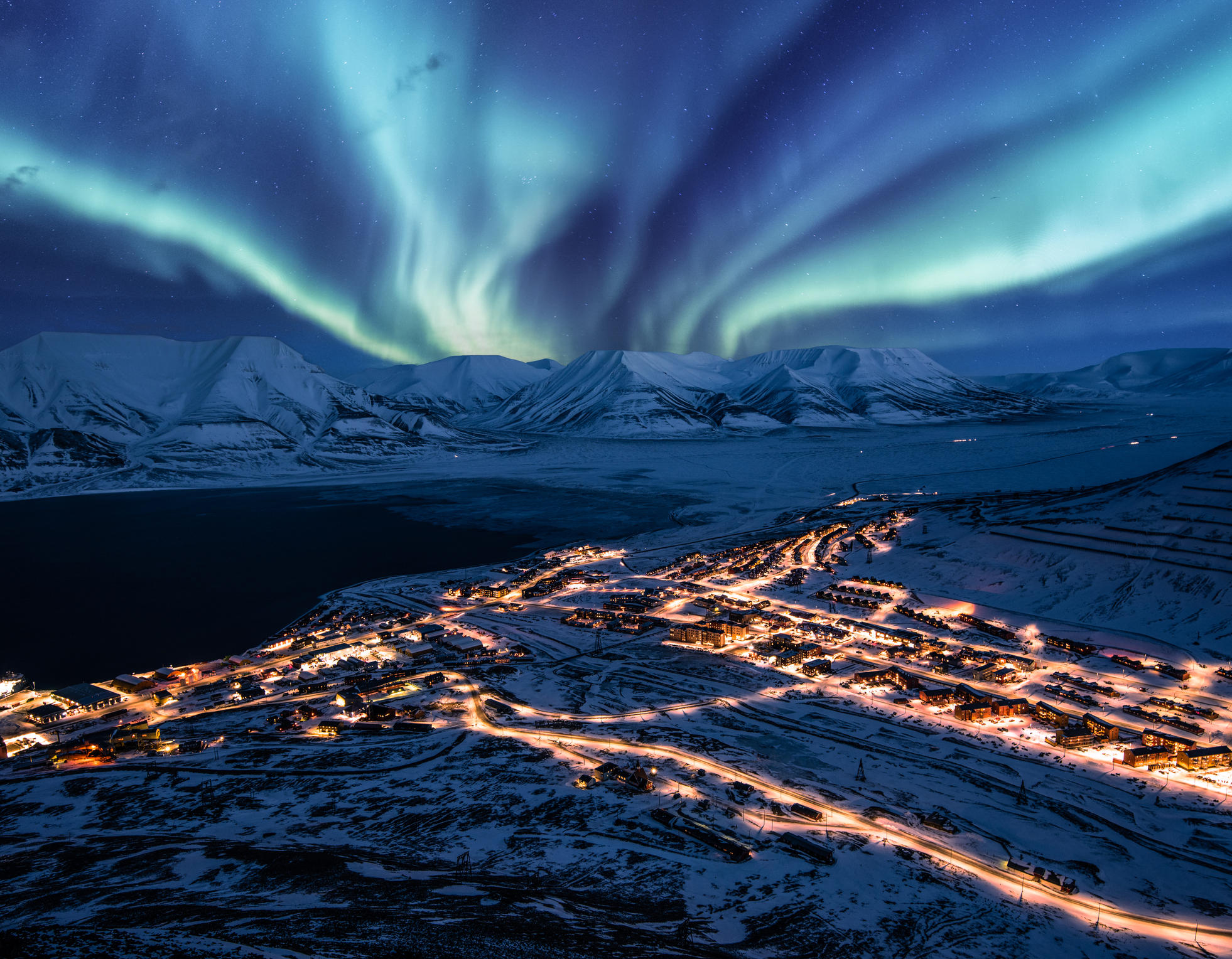
Yes, you read that right. The Arctic archipelago of Svalbard offers the opportunity to see the Northern Lights during the daytime. The region benefits from extremely low light pollution and the spectacle can often be witnessed from the capital Longyearbyen.
Svalbard’s landscapes are just as magnificent. Around 60% of the region is covered by permanent ice, with over 1,500 glaciers and many beautiful, snow-covered peaks. If you've been hankering to channel your inner James Bond, you can! One of the most popular ways to explore all of this via snowmobile, though the tour operators probably won't let you carry a machine gun. But, get yourself a warm base layer and dress in a tuxedo by all means.
The sparsely populated archipelago is also renowned for its wildlife. There are just about as many polar bears here as there are human inhabitants, with around 3,000 bears thought to live on the islands. This may sound like a lot, but these wonderful creatures are very elusive, making any sighting a thrilling event. If fancy donning your water shoes and heading out to sea, you get the chance to see beluga whales, narwhals, walruses and seals.
Akureyri, Iceland
Best for fire and ice
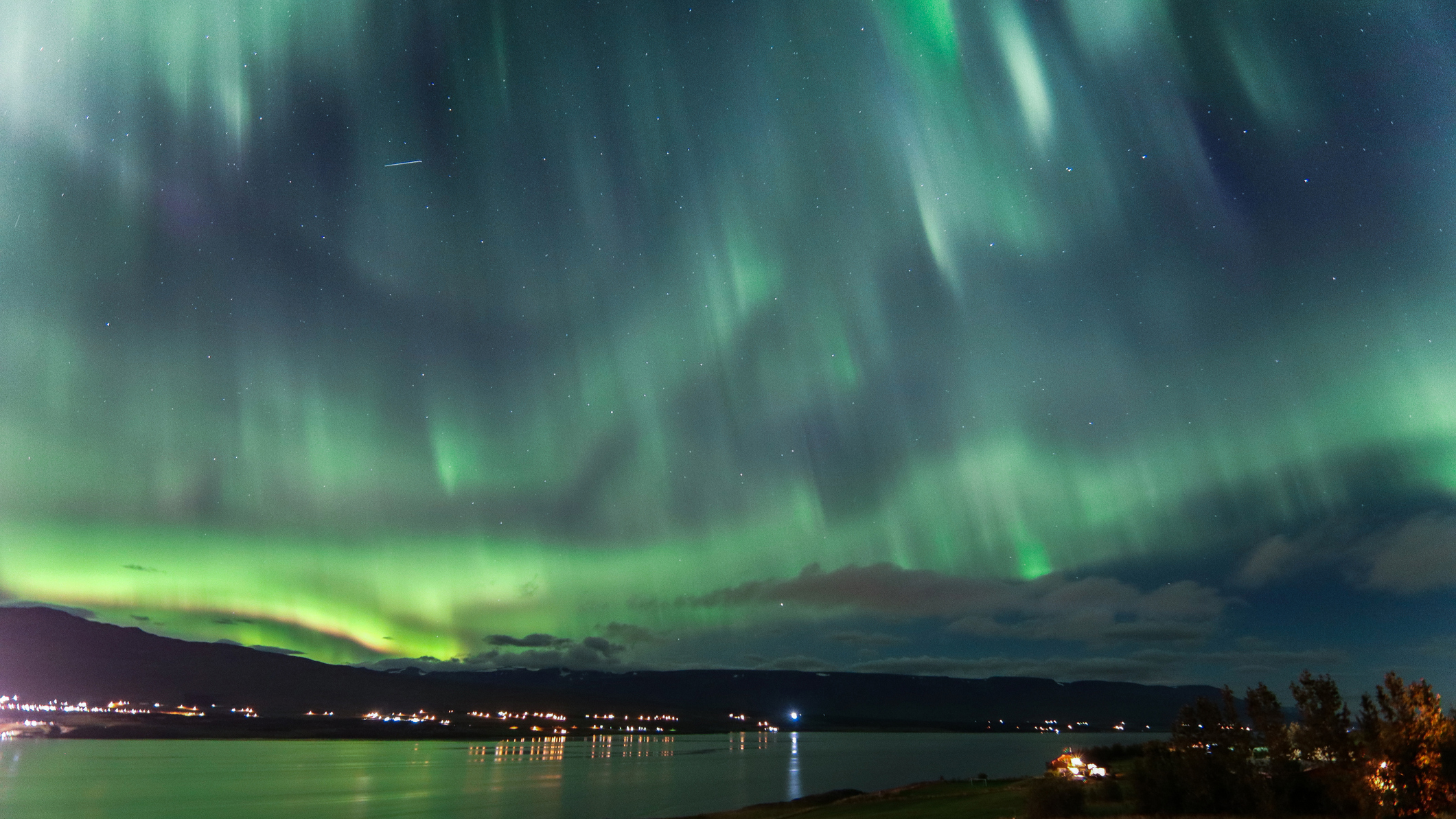
While most visitors to Iceland tend to flock south to Reykjavik and the famous Golden Circle of Þingvellir National Park, Gullfoss waterfall and the geysers of Strokkur and Geyser, those hunting the Northern Lights should consider heading north, to Akureyri.
Iceland’s second largest city is significantly further north than Reykjavik and its surroundings are some of the best places in the world to see the Northern Lights. It’s easy to book onto a tour from the city, with expert aurora hunters who’ll enhance your chances of witnessing the spectacle.
As well as staggering auroral displays, Akureyri also offers whale watching, the modern Forest Lagoon luxury geothermal bath resort and the rugged scenery that Iceland is so famous for. Bring your best ski jacket, as Hlíðarfjall, the mountain that dominates the town, is also home to Iceland’s finest runs.
Abisko, Sweden
Best for clear skies
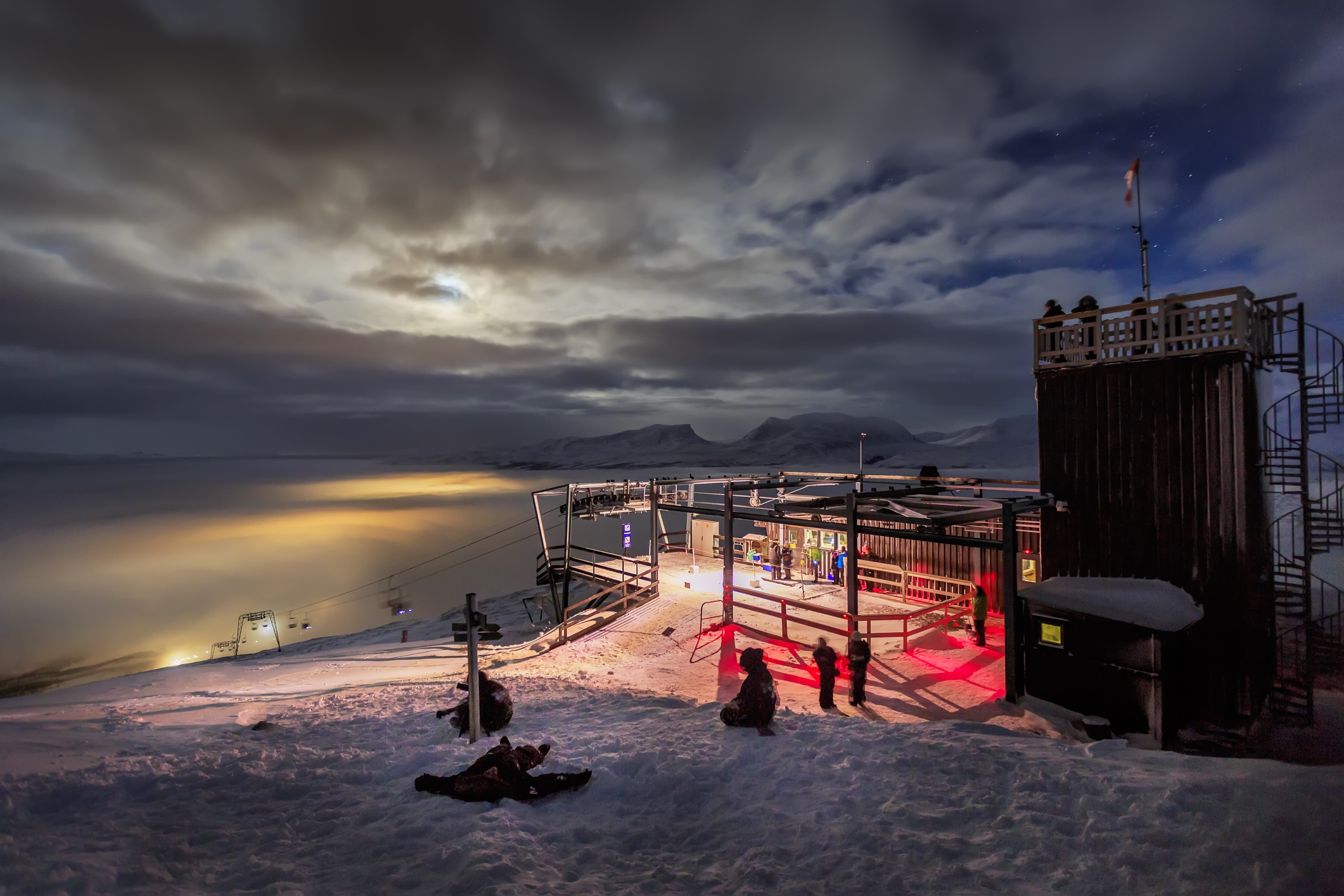
What could evoke childlike excitement more than a trip to Lapland? Yes, the supposed home of Santa Claus also boasts some of the most reliable and spectacular displays of the Aurora Borealis.
Abisko, in Swedish Lapland, offers clear skies, next to no light pollution and is located perfectly under the auroral oval. The Aurora Sky Station, perched at 900 meters above sea level on Mt Njullá and accessible via a 20-minute chairlift journey, was chosen by Lonely Planet as the best place to experience the Northern Lights. You can do it in style too, with a four-course dinner, should the mood take you.
There’s plenty to interest outdoor lovers in the surrounding area. The majestic Nordic fells of the Abisko National Park provide the scenery, along with the glistening waters of Torneträsk, Scandinavia’s largest alpine lake. Many hiking boots have passed this way too, as Abisko is the end (or start) of the legendary, 425-kilometer Kungsleden hiking trail, which becomes a cross country ski trail in the winter.
Alex is a freelance adventure writer and mountain leader with an insatiable passion for the mountains. A Cumbrian born and bred, his native English Lake District has a special place in his heart, though he is at least equally happy in North Wales, the Scottish Highlands or the European Alps. Through his hiking, mountaineering, climbing and trail running adventures, Alex aims to inspire others to get outdoors. He's the former President of the London Mountaineering Club, is training to become a winter mountain leader, looking to finally finish bagging all the Wainwright fells of the Lake District and is always keen to head to the 4,000-meter peaks of the Alps. www.alexfoxfield.com

